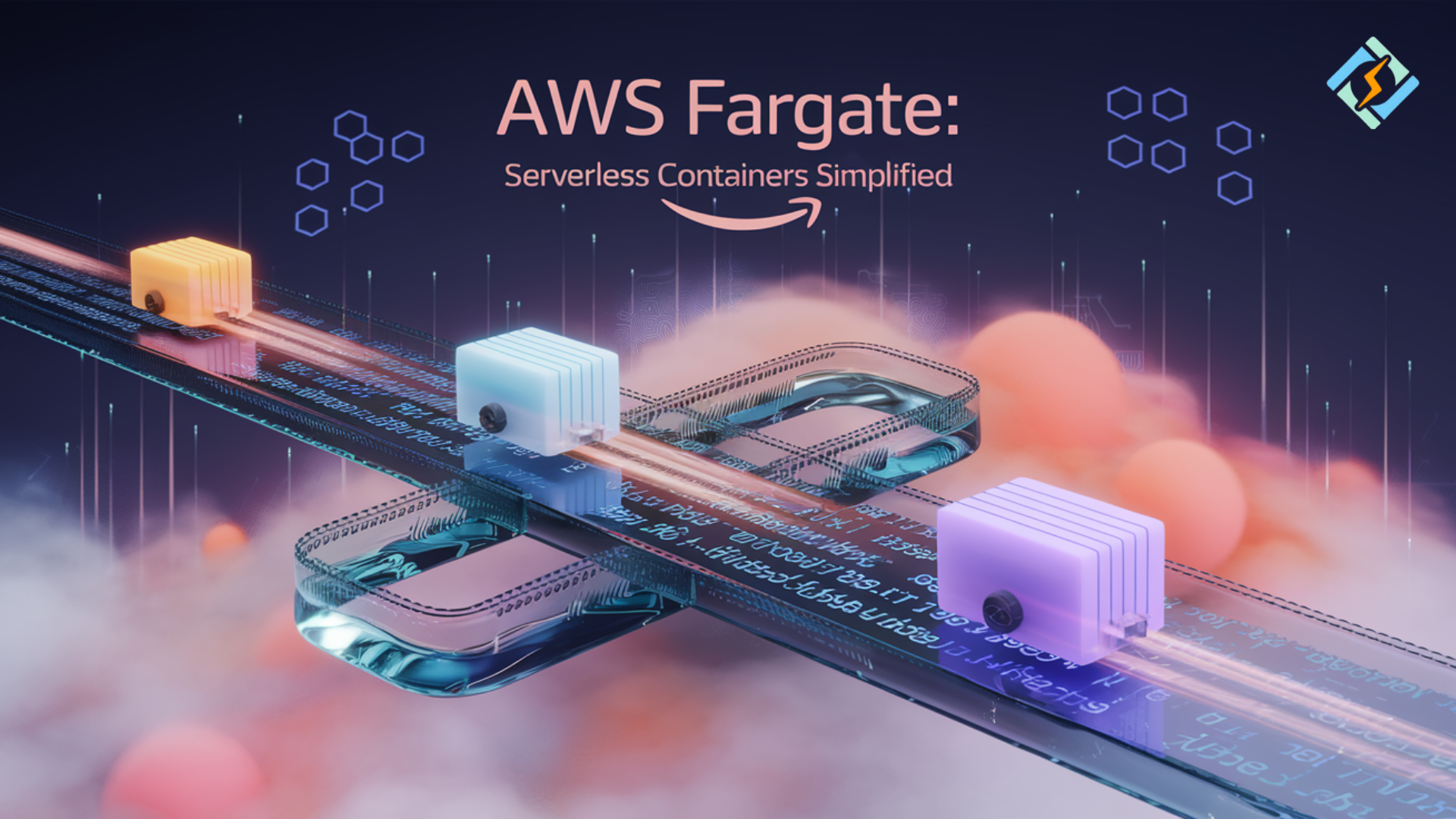With AWS Fargate, there are no servers to manage, or you can just input your compute resources and go. Fargate is built on Amazon ECS and EKS, and it handles compute requirements in a highly scalable and dynamic fashion. So it’s perfect for microservices, batch jobs, and event-driven workloads. You specify the container tasks, and Fargate takes care of the rest, including provisioning, scaling, and patching.
Fargate abstracts server infrastructure, takes away complexity, and allows you to focus on your code. Translation: faster development cycles, greater application stability, and more resources to go around. If you’re creating a REST API or analyzing real-time data, Fargate delivers stable performance at scale.
What is AWS Fargate?
AWS Fargate is a serverless compute engine for containers that works with Amazon ECS or EKS. Compared to EC2, an A compute task abstraction, so you don’t need to worry about EC2 management. Just define CPU, memory, and container images, and Fargate will automatically stand up and scale the infrastructure.
This results in less operational burden thanks to automatic patching, as well as capacity and infrastructure availability handled by AWS.
What is the Difference Between AWS ECS Fargate and EC2 Launch Type?
AWS ECS Fargate does not have AMI management or instance scaling like an EC2 launch type. With EC2, you provision and maintain groups of EC2 instances. With Fargate, you just have to define your tasks, and the rest is taken care of by AWS—no more long-term instance planning and ensuring you don’t under-utilize resources.
AWS Fargate And Optimization Of The Pricing
WSFargate is billed per second of CPU and memory, but is only charged when the container is scheduled. You are charged for how long you use the vCPUs and GB of memory. No upfront costs or minimums. To optimize costs:
Get exclusive access to all things tech-savvy, and be the first to receive
the latest updates directly in your inbox.
- Scale your work and resize resources based on consumption.
- If it’s not business critical, use Fargate spot.
- Close tasks that are low priority, or set them to run on peak hours.
Why Use Fargate over EC2-Based Containers?
- No server administration: AWS takes care of capacity, patching, and scaling.
- Improved usage: Pay only for what is consumed.
- Enhanced security: Isolate at the task level while reducing the threat of attack.
- Rapid deployment: It’s near instantaneous to provision and doesn’t require pre-warming.
How Can You Launch an ECS Task with AWS Fargate?
By creating an ECS task definition, you can schedule a Fargate task with the container images, CPU, memory, network mode, and IAM role that you want. Then make a service or standalone task of it. Compute is provisioned by AWS on the fly, and your container is up in seconds.
{
"family": "my-fargate-task",
"networkMode": "awsvpc",
"requiresCompatibilities": ["FARGATE"],
"cpu": "512",
"memory": "1024",
...
}
What Are Common Pitfalls and How Do You Avoid Them?
| Challenge | Solution |
|---|---|
| VPC Limitations | Preconfigure subnets and ENI quotas |
| Overprovisioned tasks | Adjust CPU/memory after observing metrics |
| Cold start latency | Use warm-up or scaling strategies |
| Spot interruptions | Use retry logic or fallback to on-demand |
Use of AWS Fargate with Kubernetes
Kubernetes with AWS Fargate EKS or Elastic Kubernetes Service lets you run Fargate profiles. You can run pods without having to deal with EC2 nodes. This mode allows for the abstraction of pod-level compute and makes it so that AWS will auto-provision capacity on your behalf. It’s suited for bursty or multi-tenant workloads.
How CyberPanel Can Be Used in AWS Fargate Workflow?
CyberPanel, a web hosting control panel, is used to administer web hosting environments; however, in tandem with AWS Fargate, it can:
- Deploying PHP or Node.js apps to container registries. They built their React.
- Creating build scripts and CI/CD pipelines for containers
- A hosted zone makes it easier to provide Fargate services with DNS and SSL automations by default
This provides a rich layer to connect container deployments with domain & hosting automation.
FAQs About AWS Fargate
How is AWS Fargate different from ECS?
Fargate is a serverless compute engine that also runs within ECS or EKS, without any EC2 instances at all.
Is AWS ECS Fargate cheaper?
It may cost more per unit than EC2, but it will save you management time and reduce overprovisioning.
Can I run GPU-based tasks with Fargate?
Yes, Fargate now has support for tasks with GPUs for AI/ML training and inference.

Wrapping Up!
With AWS Fargate, you can run containers directly without having to manage servers. Whether you’re deploying services in ECS or EKS, Fargate automatically scales, provides enhanced isolation, and uses the same deployment engine to get started with your services.
Get AWS Fargate now and transition from container infrastructure guesswork to pure-code velocity with confidence.



